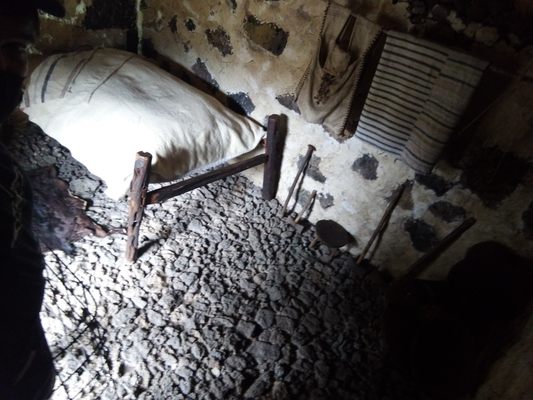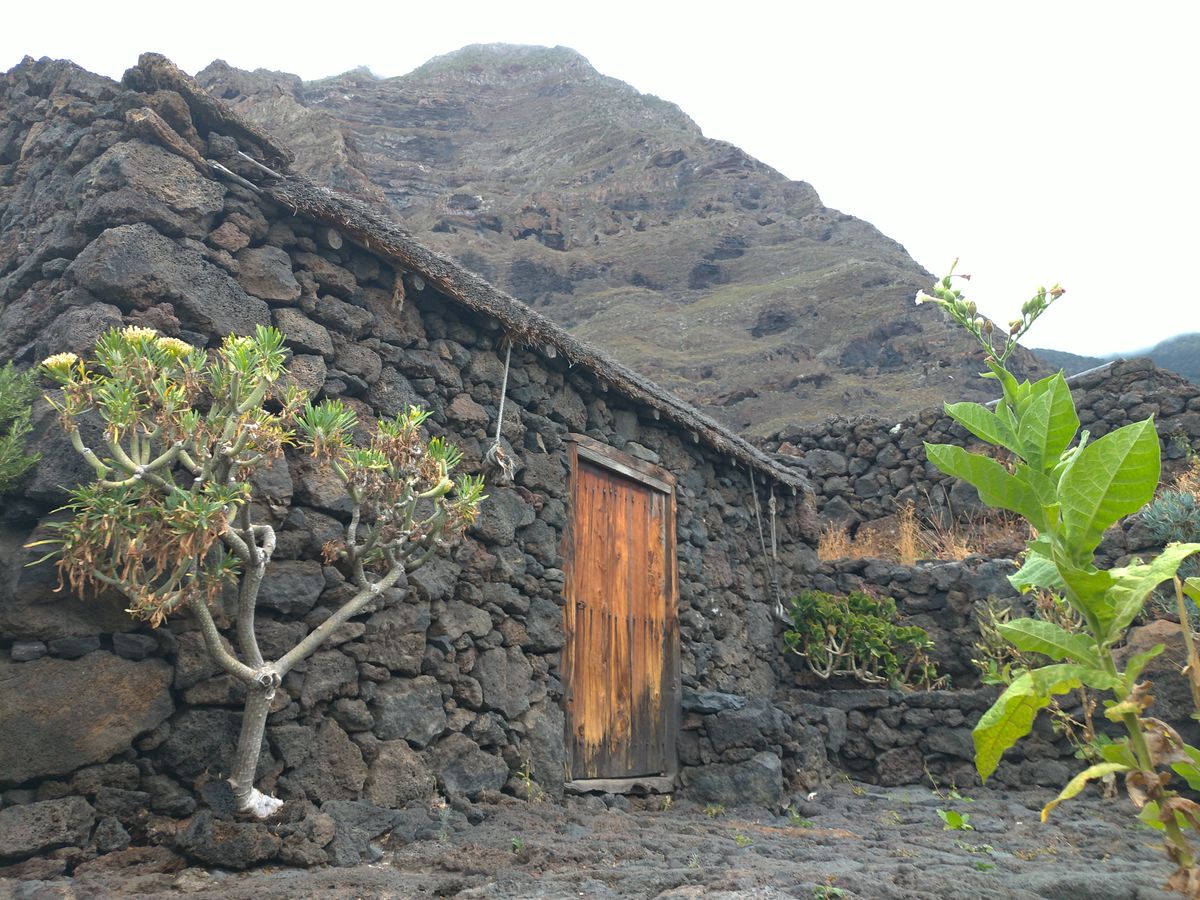About
Before the Spanish conquest of the Canaries, the islands off the coast of northwestern Africa were inhabited by the Indigenous Bimbache people, who lived semi-nomadically on the island with their livestock, moving twice a year between their summer and winter settlements. Originally these settlements were located inside juaclos, or lava tubes, but later moved to more traditional housing, turning the tubes into storage spaces as European influence started taking hold. The ethnographic museum of Guinea shows this evolution and preserves the islands' traditional architecture.
The museum is located in the Valle del Golfo, at the foot of the cliff known as Risco de Tibataje. The town consists out of 20-odd buildings and lava tubes from different times and beautifully shows the way that people lived on the island between the 17th and 20th centuries. A large lava tube runs under the village with multiple entrances and man-made walls to section off parts for different families.
The settlement was abandoned during the middle of the 20th century due to various reasons including droughts, emigration, and economic issues caused by the post-war period. Later the village was restored and turned into a museum to preserve the rich history of the island.
Related Tags
Know Before You Go
See website for opening time and prices. In 2021 access is €9.50 for non-residents, which includes the park, a reptile exhibition and a tour through a large lava tube.
Community Contributors
Added By
Published
July 13, 2021
























